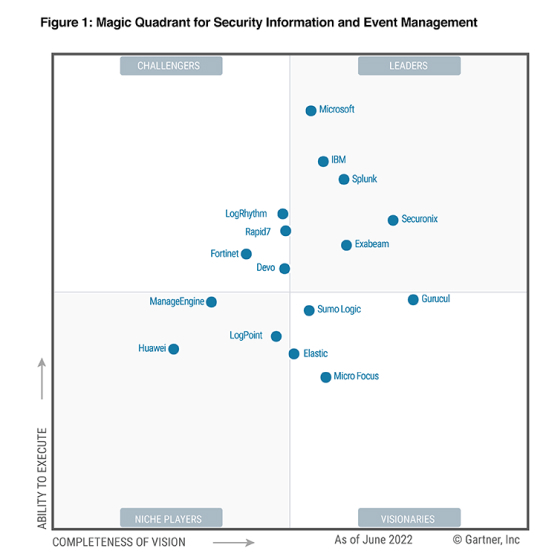
Get the report
MoreSeptember 17, 2020
Founded in 2007, Goibibo is an online travel organization focused on getting the best deals for its customers on all online travel bookings -- including hotels, flights, buses, trains, and cabs.
Early in Goibibo’s log analytics strategy, the monitoring team first tackled building their own internal in-house system, which had some shortcomings like low adoption as well as limited search capabilities. Seeing advantages in moving to a SaaS solution that’s easier to manage, Goibibo selected Sumo Logic in 2019 to move away from their in-house tool and lean on a comprehensive platform that specializes in log analytics at scale. One of the key benefits of the transition was the ability to help new members of the Goibibo engineering team get up to speed quickly with Sumo’s training content, rather than teach each teammate how to use the previous tool as they onboarded.
In addition to transitioning away from an in-house tool for their log analytics needs, Goibibo has recently completed an additional, critical transition. Many core components of their infrastructure were on AWS ECS, and have since recently moved to AWS EKS in line with their shift to more Kubernetes-driven infrastructure. That EKS data was a natural fit for their Sumo environment, and has been an active area of analysis since moving to Sumo, helping them to reduce the amount of log files and physical memory in production servers.
Additionally, from a security perspective, there have been key advantages for their team to evaluate CloudTrail data to break out infrastructure-related data to generate relevant dashboards and alerts. Many other security use cases have been explored with Sumo as both the DevOps and Security Engineering teams at Goibibo continue to develop dashboards to improve their visibility into internal and external infrastructure. The AWS CloudTrail and CloudWatch dashboards have since been made available to wider teams to enable more tracking and better visibility of those data sets, given that many of the developers don't directly have AWS production access.
Through Goibibo’s successful launch of its first Sumo Hackathon in November 2019, the team was able to further increase visibility into various aspects of their environment, resulting in a set of dashboards actively used in production today. This included creating dashboards for real-time use cases to track business-driven use cases like hotel enrollment, booking statistics, feature adaptability, third-party vendor traffic, and technical use cases like API response metrics, exception monitoring, and request counts week over week. Additionally, dedicated alerts for the security team help to evaluate active threats that need to be addressed.
One creative team at the Hackathon chose to build a dashboard showing any time a new feature goes live on the Goibibo platform. An example of a recent feature is a property management system called HotelSimply, which displays the registration pipeline of new hotels joining the Goibibo network. The result of this feature is the ability to show the number of free trials as well as the complete list of hotels that have signed up and registered. While it was previously pushed through Amazon Redshift, updates are now shown through Sumo’s visualization tools.
As early adopters of the dedicated Sumo Logic “Work From Home Solution” with Shelter-in-Place mandates affecting the workplace, the ITOPS team can now easily evaluate how many days they are getting pings from a set of servers. Goibibo’s WFH-oriented dashboards are primarily built around Zoom, OneLogin, F5 VPN, and triangulating against data sets from remotely accessed applications. By tying back to specific employee credentials, they can ensure the security and safety of their teammates.
Real-time tracking is key to Goibibo’s business as they need to quickly get up-to-the-minute updates out their customers, and that has led them to further develop their refund and cancelation dashboards to understand the flow of monetary assets through their pipeline. Dashboard panels break down findings in terms of their GoCash currency - a currency used by Goibibo’s team to represent transactions on their platform. They are also able to track GoCash usage through threshold-based alerts.
Because cost optimization is critical to their day to day operations, many of their logs have processing rules applied. As a result, they can send a broad set of logs and still save terabytes of space in the process. For example, the team has applied masking keywords for up to 2000 characters to reduce the size of the logs for the team’s non-transaction logs.
All in all, Goibibo has successfully improved its log analytics strategy by making continuous improvements to its approach. Namely, the ability to continually onboard new data sources, and easily share insights across teams using dashboards has been a vast improvement to Goibibo’s log analytics capabilities as a team.
Reduce downtime and move from reactive to proactive monitoring.
Build, run, and secure modern applications and cloud infrastructures.
Start free trial